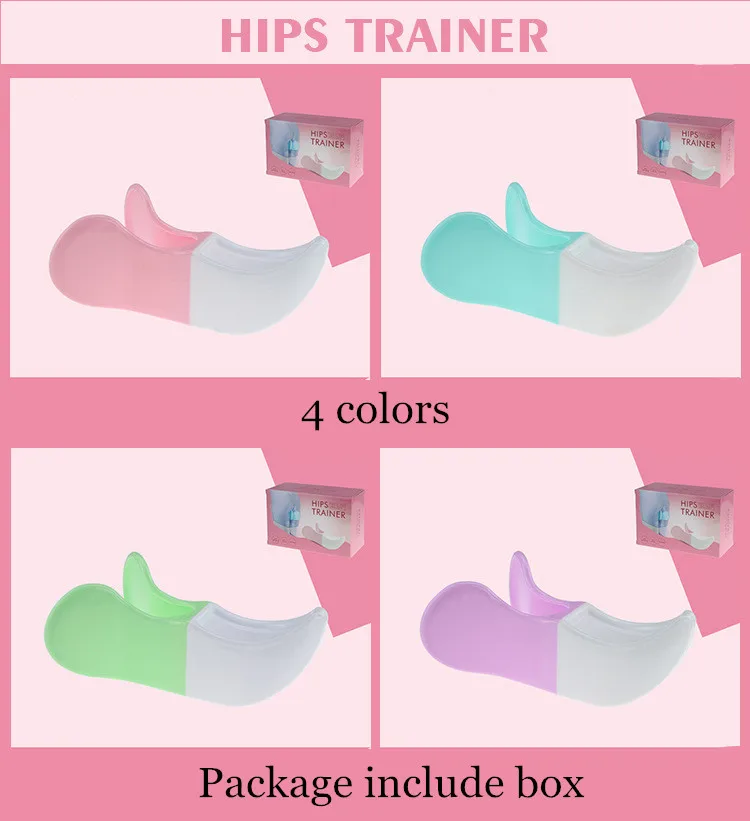Bladder Control Inner Thigh Buttocks Exerciser
BYE-BYE BLADDER LEAKAGE

The Case for Pelvic Floor Exercises, also known as "Kegels".
When they’re working like they should, your pelvic floor muscles may never cross your mind. But over time -- as we age -- these muscles can start to weaken. This puts us at risk for a condition doctors call “pelvic organ prolapse” (POP). Basically, your pelvic organs start to droop. They can start to fall into or out of your vagina. Sometimes, if you’ve had a hysterectomy, your vaginal tissues can start to come out of your body, too.

Other things that put you at risk for POP include:
- Pregnancy
- Giving birth through the vagina
- Surgery in the pelvic area (C-section or hysterectomy)
- Genetics
- Frequent coughing, laughing, or sneezing (it pushes on the pelvic organs)

Why Should I Do Them?
Treats weakened pelvic muscles, eases incontinence and enhancea intimacy
Kegel exercises (also called “pelvic floor exercises”) strengthen your pelvic floor muscles. These muscles support your uterus, bladder, small intestine, and rectum. Kegels don’t just help keep them “fit” -- they can help you avoid embarrassing accidents, like bladder leakage and passing gas and -- or even stool -- by accident. They can even improve your orgasms!!!

Both women and men can benefit from this Kegel exerciser.
How Do I Do Them?

Start slowly.
Try squeezing the device for 3 seconds, then release for 3 seconds. Do this 10 times in a row. That’s one set. If you can’t do 10, do as many as you can and build up over time. Try to work up to one set of 10 Kegels two to three times a day.

THE BEST GIFT YOU CAN GIVE TO A LOVED ONE !
Kegels aren’t harmful. In fact, you can make them a part of your daily routine. Do them while you’re brushing your teeth, driving to work, eating dinner, or watching TV.
Most women who do Kegels regularly see FANTASTIC RESULTS (such as reduced urine leakage) within a few weeks or months.

GET YOURS NOW !
5 Reasons To Buy From Us.

























